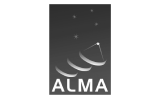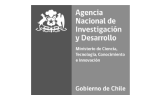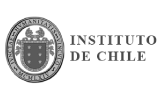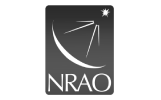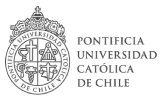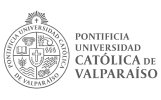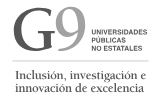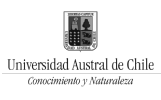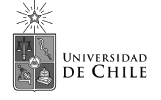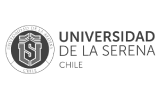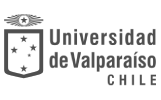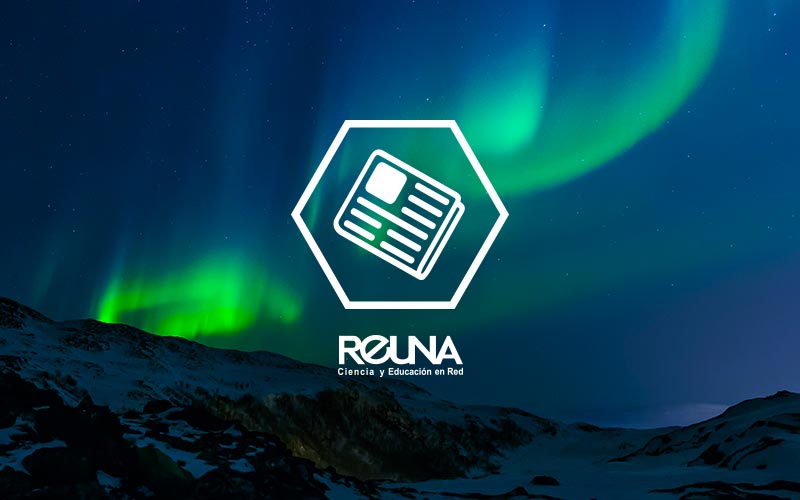
La charla será dictada por André-Nicolas Chené, astrónomo de la Universidad de Concepción y de la Universidad de Valparaíso & Gemini South Visiting Astronomer.
Vea la videoconferencia por streaming (en vivo y directo) a través de REUNA
Ver transmisión {urltx aura-astronomia}
“Young Stellar Clusters in the VVV Survey: Towards a Better Understanding of their Early Evolution”
Star clusters are the birth place of the great majority of stars and are, therefore, crucial components of galaxies. However, their evolution in their first few Myrs is still poorly understood. Estimates indicate that the Milky Way presently hosts 23000-37000 or more star clusters. However, only 2135 open clusters have been identified and constitute a sample affected by several well-known selection effects. Less than half of these clusters have actually been studied, and this subset suffers from further selection biases. A huge progress in that field could be achieve with observational constrains of initial conditions (number of stars, stellar mass function, mass segregation, spatial density) necessary for numerical simulations of the star cluster evolution using a large sample of star clusters, which are currently in their first few Myrs. To achieve this goal, we combine photometry from the VISTA Variables in the Via Lactea (VVV) survey and follow-up spectroscopy from NIR spectrographs (ISAAC, SofI, OSIRIS, Flamingos-2) of brightest members of a large sample of star clusters and clusters candidates (including new candidates discovered in the VVV survey). Additionally, we derive the angular sizes, distances, radial velocities, reddening, masses and ages of these clusters. This will allow us to tackle fundamental question about stellar formation and cluster evolution. Here, we present our latest results, including the study of 6 new massive clusters containing WR stars.
Fecha: Miércoles 27 de junio, a las 12.00 horas.
Lugar: Transmisión desde Cerro Tololo.



